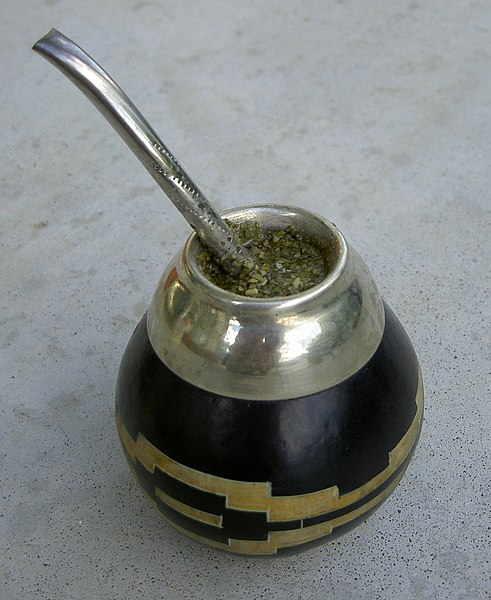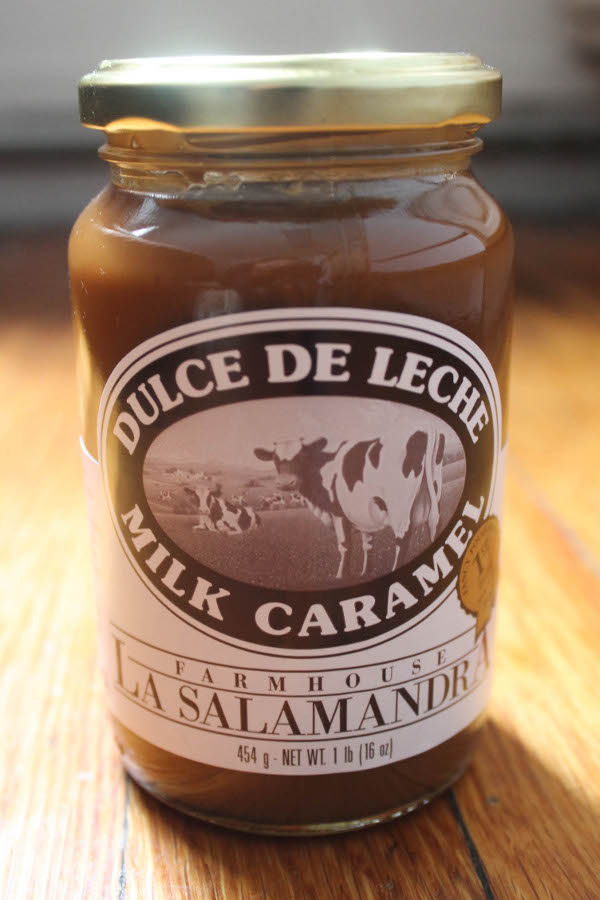
Entonces, teníamos un proyecto para la clase de Español en lo que necesitamos elegir un barrio, visitar el barrio, y hacer una presentación. Mi grupo decidió visitar a La Boca para mirar un partido de fútbol, pasar tiempo, y andar por las calles. Cuando bajamos del colectivo vimos a mucha policía. En cada calle y en cada rincón de los edificios. Sabíamos que La Boca era un lugar peligroso, pero no tanto. Caminamos por el Caminito y Río la Plata. El Caminito es un lugar para los turistas. No hay mucho que hacer menos ver los edificios coloridos. Hablamos con algunas personas sobre el partido y nos dijeron que la gente no podía entrar. Nadie. Pero había tanta policía.. No entendía, pero después, descubrí que algunas personas murieron al cabo del último partido. A veces es así en La Boca. La gente del estadio Bombonera se llaman La Doce, porque hay once personas jugando, y la última esta en las sillas. A causa de esa tragedia, no permitían a los espectadores entrar por las próximas semanas.
 Continuamos caminando hasta que paramos para hablar con algunas personas que estaban jugando fútbol en el campo muy cerca del estadio. Eran de Boca. Boca todo, Boca siempre. Eran sucios y tenían ojos rojos como un tomate. Juegan fútbol cada día y todo el día fuera del estadio, todo el tiempo tomando y fumando Hablamos con ellos pero no jugamos (ellos jugaron muy intenso), y compartimos un poco vino. No me acuerdo de sus nombres, y no saque fotos (por supuesto, sacar un iPhone es mala idea), pero fue un encuentro muy interesante, pero corto. El sol estaba avanzando por el horizonte y sabíamos que La Boca no es un lugar seguro durante los noches, especialmente para extranjeros. Cuando los hombres nos pidieron eldinero decidimos salir.Pueden hablar todo el día sobre fútbol.
Continuamos caminando hasta que paramos para hablar con algunas personas que estaban jugando fútbol en el campo muy cerca del estadio. Eran de Boca. Boca todo, Boca siempre. Eran sucios y tenían ojos rojos como un tomate. Juegan fútbol cada día y todo el día fuera del estadio, todo el tiempo tomando y fumando Hablamos con ellos pero no jugamos (ellos jugaron muy intenso), y compartimos un poco vino. No me acuerdo de sus nombres, y no saque fotos (por supuesto, sacar un iPhone es mala idea), pero fue un encuentro muy interesante, pero corto. El sol estaba avanzando por el horizonte y sabíamos que La Boca no es un lugar seguro durante los noches, especialmente para extranjeros. Cuando los hombres nos pidieron eldinero decidimos salir.Pueden hablar todo el día sobre fútbol.Al fin, no pudimos ir al partido. Nadie pudo. A pesar de eso, conocimos a fanáticos, caminamos por el Caminito, y vimos el Río. Fue un experiencia reveladora.
¿En la próxima vamos hablar sobre la musica!



















